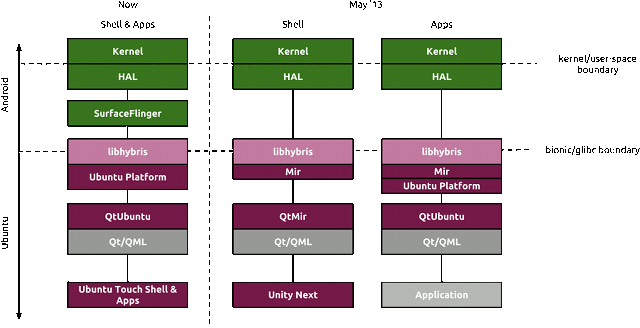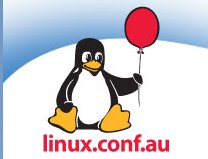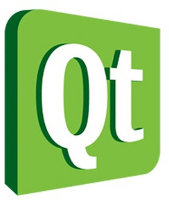The X server is getting old, and many developers complain it’s not an optimal solution anymore due to its (over) complexity, which was why Wayland was developed. However, it turns out Ubuntu will not use Wayland, but instead their own display server called Mir which will be used in all form factors from phones to desktops. Phoronix has provided a quick summary about the key aspects of Mir: Mir is a new display server being developed at Canonical and it is not based on X.Org or Wayland. Android graphics drivers will be supported. Existing DRM/KMS/Mesa/GBM (the open-source Linux graphics drivers) will work. Canonical is pressuring the binary blob vendors to make their drivers compatible. There will be support for legacy X11 applications through an integrated root-less X.Org Server. Canonical will natively support GTK3 and Qt/QML toolkits with Mir. Mir will be used for all form factors from Ubuntu Phones to […]
Linux Conference Australia and FOSDEM 2013 Videos are Now Online
FOSDEM 2013 took place last week, and the organizers are in the process of uploading videos. Up to now, 5 main tracks sessions have been uploaded (Firefox OS; Free, open, secure and convenient communications; FreedomBox 1.0; Samba 4; and systemd, Two Years Later) as well as over 20 lightning talks. You can find the videos at http://video.fosdem.org/2013. You may also want to check my previous post for a lists of interesting talks, and I’ll probably feature some FOSDEM 2013 videos in this blog, at least the open source GPU driver talk. Linux Conference Australia took place on January 28 – February 1, 2013, and the 5-day conference featured lots of talks including several dealing with graphics in Linux, and one developer apparently trashing X in terms of complexity and performance, and explaining how Wayland was better. Others Linux sessions dealt with subject such as 3D printing, supercomputing, Arduino, big.LITTLE processing, […]
Qt on Embedded Systems – ELCE 2012
Lars Knoll, chief maintainer for the Qt Project, gives a presentation about Qt on embedded systems, including a demo with the Raspberry Pi at the Embedded Linux Conference Europe 2012 in Barcelona, Spain. Abstract: For well over 10 years, Qt has been used in many types of embedded devices, ranging from high-end medical systems, through mobile phones and smartphones, all the way to simple devices like coffee makers. This presentation will show some of the work that has been put in Qt throughout the years to support embedded devices, some of the challenges that the development team faced in order to bring a fully-featured desktop toolkit to resource-limited devices, along with solutions they came up with. Time permitting, the presenter will also show Qt demos running on an embedded device. This session is intended for embedded application developers looking to make use of the capabilities of recent hardware, as well […]
Wayland Library: X11 Display Server Replacement for Linux
The X Window System has been implemented in Linux since the beginning and manages the graphical user interface of most Linux distributions, although some embedded systems do without X11 and use lightweight graphics libraries such as Nano-X, SDL, DirectFB etc… X11 is invisible to the end-user but does all the hard work needed to have Gnome, KDE and Unity user interfaces work properly and smoothly. However, in recent years, GNU/Linux desktop graphics has moved from having numerous rendering APIs talking to the X server which manages everything towards putting the Linux kernel in the middle with direct rending (e.g. OpenGL, VDPAU/VAAPI) with window systems taking the backstage. This new architecture provides a much-simplified graphics system offering more flexibility and better performance. The problem is that the X Window System is highly complex, a complexity that is not really needed with the newest version of the kernel. That’s where Wayland protocol comes […]






